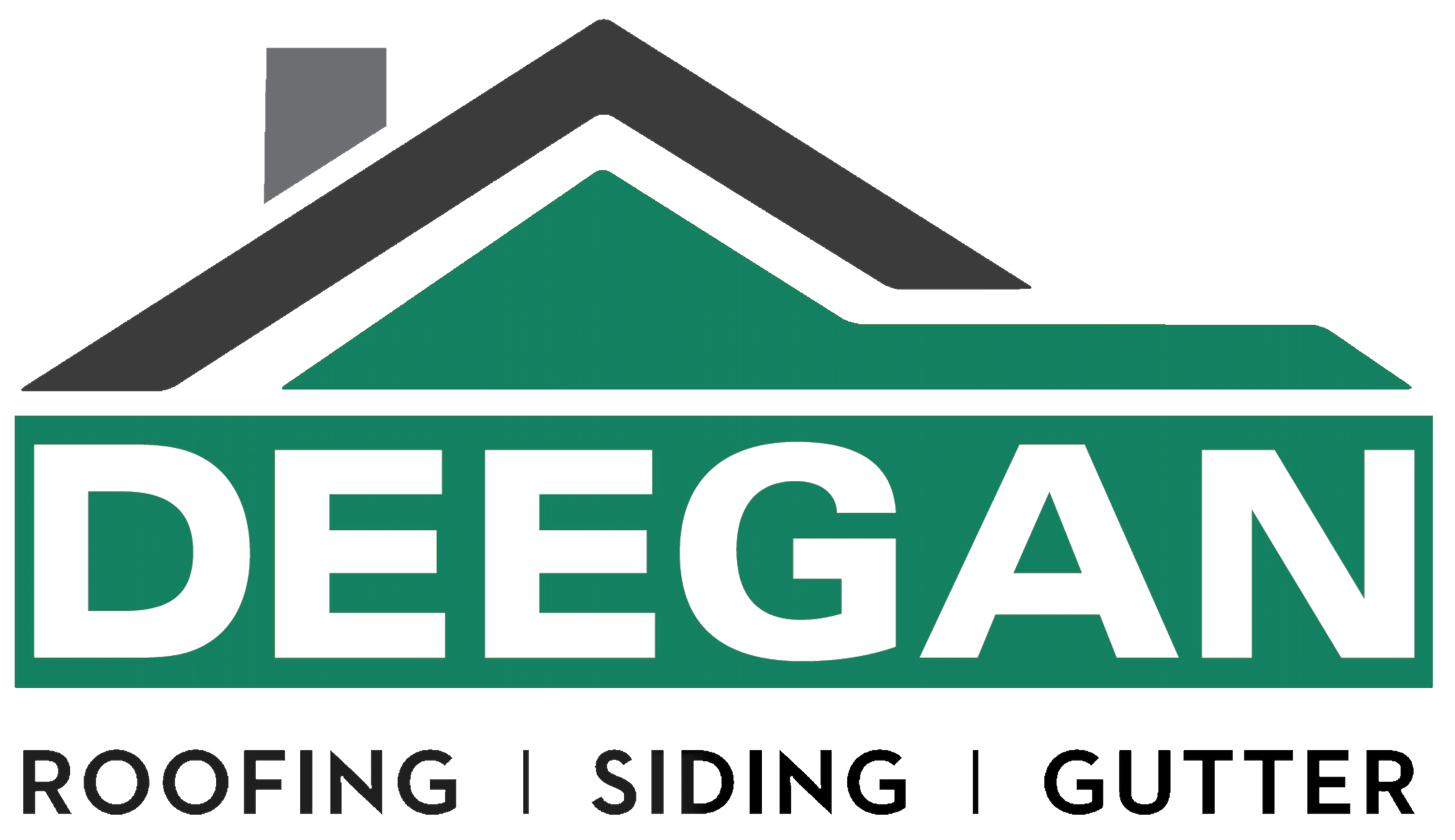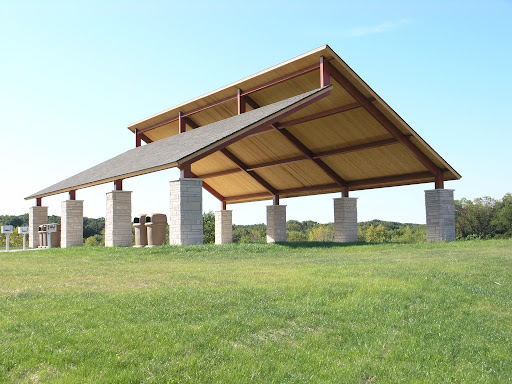A clerestory roof has two sloping sides joined by a short, vertical wall. The slope typically falls outward, which means the peak is somewhere near the middle of the roof. Its most prominent feature is a row of even, horizontal windows (or one long, continuous window) on the exposed face of the vertical wall.
This type of roof can either be symmetrical or asymmetrical, which can resemble a skillion roof, and can have a hipped or gable design. Often found on Craftsman, Ranch, and other similar looking home styles, clerestory roofs allow an abundant amount of sunlight into a home through its windows. As a result, the room stays well-lit even during winter.
Be Aware Of The Potential Disadvantages Of Clerestories
Clerestories are located high in the walls, close to the roof, which leads some people to say that they are wonderful because they allow them to see the sky and the top of the trees from within the house, and so on… But that’s not the role of clerestories or should not be.
Clerestories should be properly designed and positioned to avoid serious overheating and heat loss problems. Clerestories should not be seen as an aesthetic issue. Even their role as a source of indirect lighting should be questioned; statements saying that they are a way of bringing natural light into the core of the house should be regarded with care. Even if it is true, clerestories can also have a very negative impact on the thermal balance of the house, and you should take it into consideration.
Passive Solar Techniques With Clerestories
Clerestory windows can be used in conjunction with high mass walls and floors, properly designed and positioned to store solar heat during the sunny parts of the day (and to heat the house during the coolest parts of the day). Clerestories are, in this case, located on the sunny side of the house, protected from the summer’s sun by the roofline or by overhangs or other projecting architectural features. That’s very important: clerestory windows should be recessed into thick walls; or protected by other means.
Clerestories, Blinds And Coverings
It’s hard to find blinds, shades, coverings or other sunlight control devices for clerestory windows. But the devices used for skylights, roof windows, or for common windows can be used or adapted for clerestories.
Although coverings will not prevent overheating or freezing unless the clerestory windows are properly built and sized. The energy coefficients of the glazing and the type of framing are of the utmost importance. Do not oversize. Clerestory windows – like roof windows or skylights – can cause serious overheating and heat loss problems – much more than common windows.
Clerestories can be used for natural ventilation strategies, in hot climates. They can be designed to open and to allow a rapid removal of the inside air, while breezes get in through lower openings on the leeward side of the house.
Examples
In a large building, where interior walls are far from the structure’s exterior walls, this method of lighting otherwise enclosed, windowless spaces became a necessity. One of the earliest uses of the clerestory was in the huge hypostyle hall of King Seti I and Ramses II at the Temple of Amon (1349–1197 BC, Karnak, Egypt), in which the central range of columns, higher than those on either side, permitted clerestories to be built of pierced stone slabs.
In Roman architecture many great halls were lit with clerestories. Usually, groined vaults over the central hall allowed large semicircular windows to be built above the side roofs, as in the tepidarium of the Baths of Diocletian (3rd century AD) and the Basilica of Constantine (AD 310–320), both in Rome. This device was used in Byzantine and Early Christian architecture, as exemplified by the clerestory walls under the side arches of Hagia Sophia in Constantinople (532–563).
The clerestory became most highly developed and widely used in the Romanesque and Gothic periods. The Chartres cathedral (1194), for example, has pairs of lancet clerestory windows that are almost as wide as the aisle windows.
Contact Us
Family-owned and operated, Deegan Roofing Company has been installing and servicing residential and commercial roofing customers in the New Jersey area for over 30 years. If you are concerned about your roof surviving the upcoming winter weather or are currently experiencing roofing problems, it’s never too late to contact Deegan Roofing to get your roof inspected before winter. Website https://www.deeganroofing.com/ Address: 345 Terrill Rd, Scotch Plains, NJ 07076 Hours: Open 8:30 AM ⋅ Closes 5:30 PM

